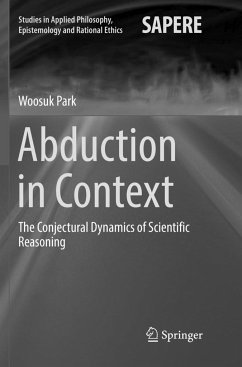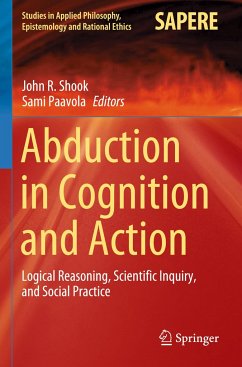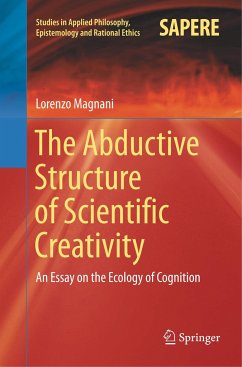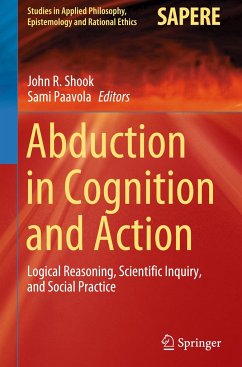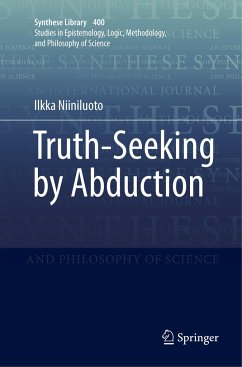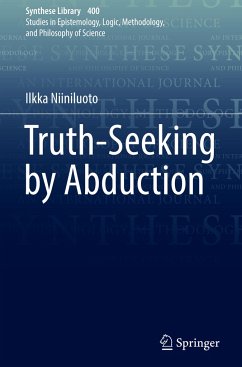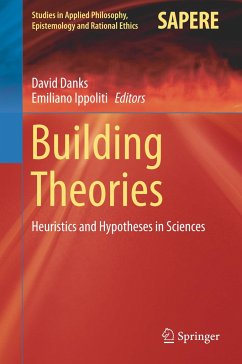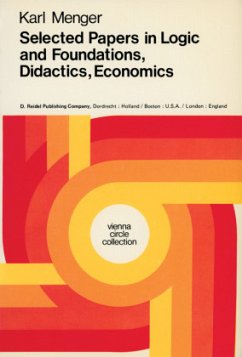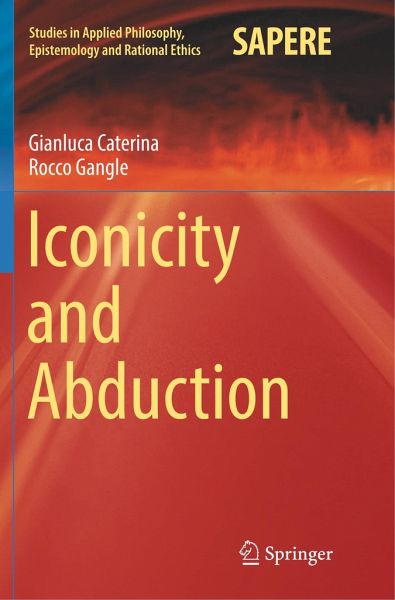
Iconicity and Abduction
Versandkostenfrei!
Versandfertig in 6-10 Tagen
38,99 €
inkl. MwSt.
Weitere Ausgaben:

PAYBACK Punkte
19 °P sammeln!
This book consolidates and extends the authors' work on the connection between iconicity and abductive inference. It emphasizes a pragmatic, experimental and fallibilist view of knowledge without sacrificing formal rigor. Within this context, the book focuses particularly on scientific knowledge and its prevalent use of mathematics. To find an answer to the question "What kind of experimental activity is the scientific employment of mathematics?" the book addresses the problems involved in formalizing abductive cognition. For this, it implements the concept and method of iconicity, modeling th...
This book consolidates and extends the authors' work on the connection between iconicity and abductive inference. It emphasizes a pragmatic, experimental and fallibilist view of knowledge without sacrificing formal rigor. Within this context, the book focuses particularly on scientific knowledge and its prevalent use of mathematics. To find an answer to the question "What kind of experimental activity is the scientific employment of mathematics?" the book addresses the problems involved in formalizing abductive cognition. For this, it implements the concept and method of iconicity, modeling this theoretical framework mathematically through category theory and topoi. Peirce's concept of iconic signs is treated in depth, and it is shown how Peirce's diagrammatic logical notation of Existential Graphs makes use of iconicity and how important features of this iconicity are representable within category theory. Alain Badiou's set-theoretical model of truth procedures and his relational sheaf-based theory of phenomenology are then integrated within the Peircean logical context. Finally, the book opens the path towards a more naturalist interpretation of the abductive models developed in Peirce and Badiou through an analysis of several recent attempts to reformulate quantum mechanics with categorical methods. Overall, the book offers a comprehensive and rigorous overview of past approaches to iconic semiotics and abduction, and it encompasses new extensions of these methods towards an innovative naturalist interpretation of abductive reasoning.





